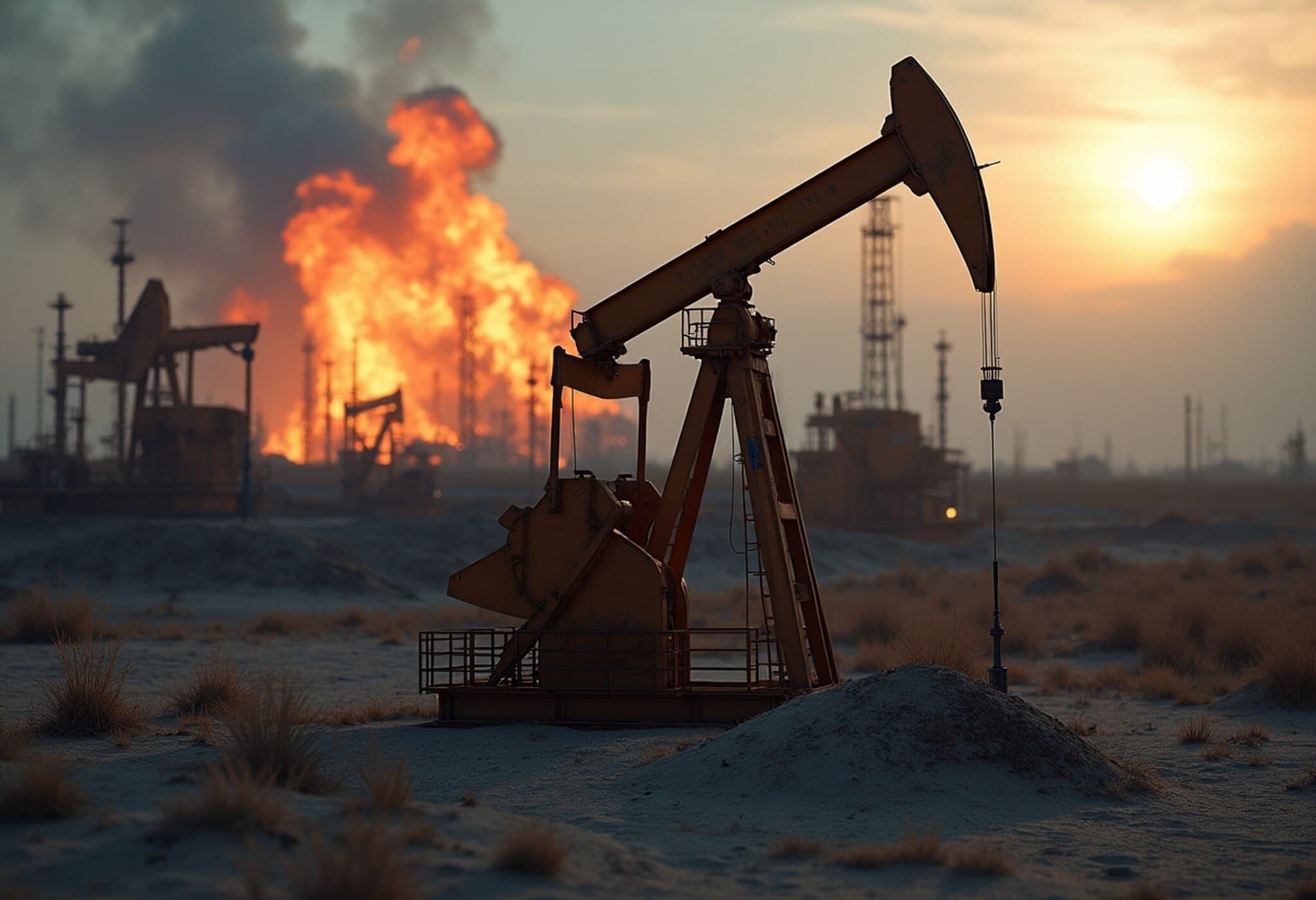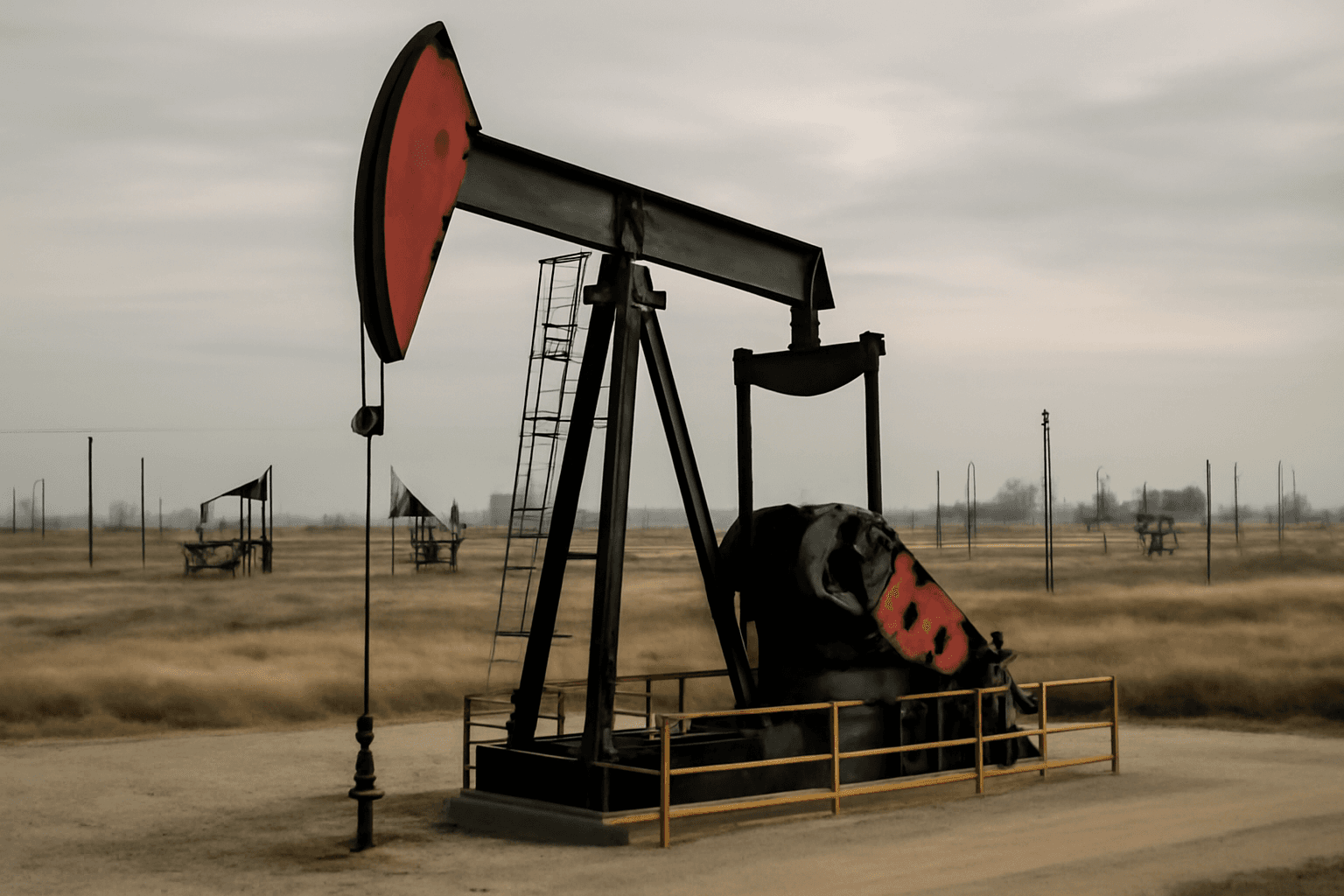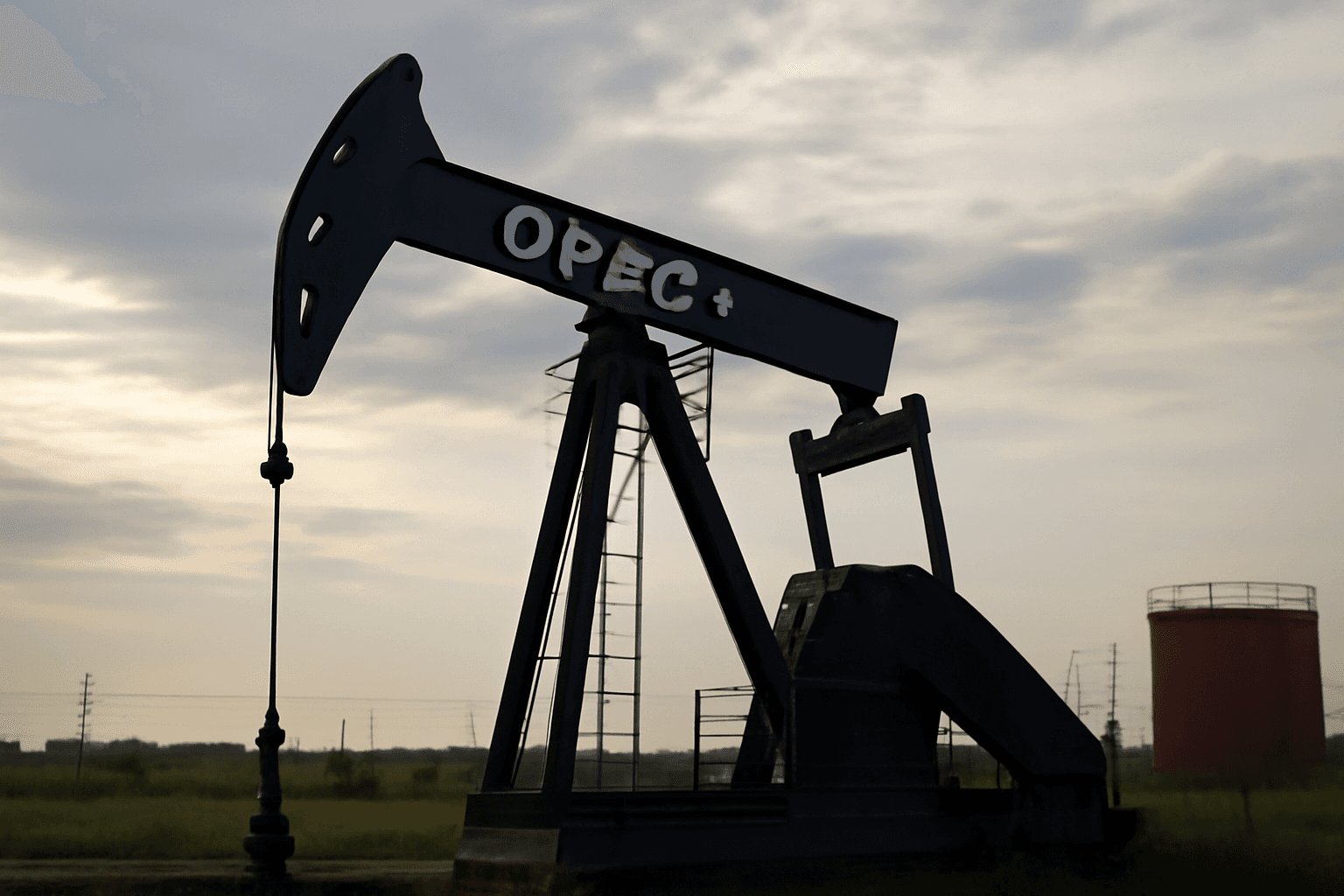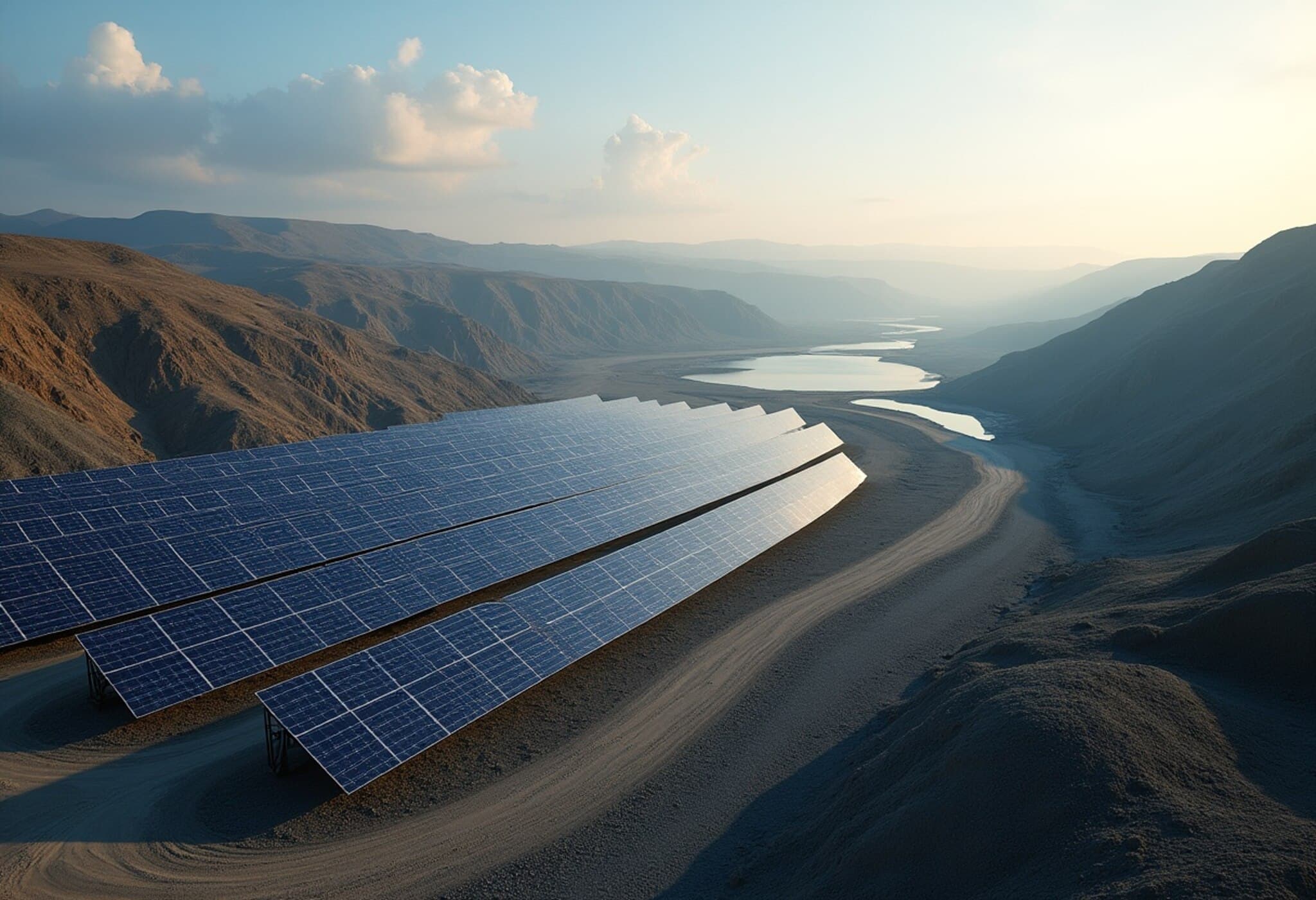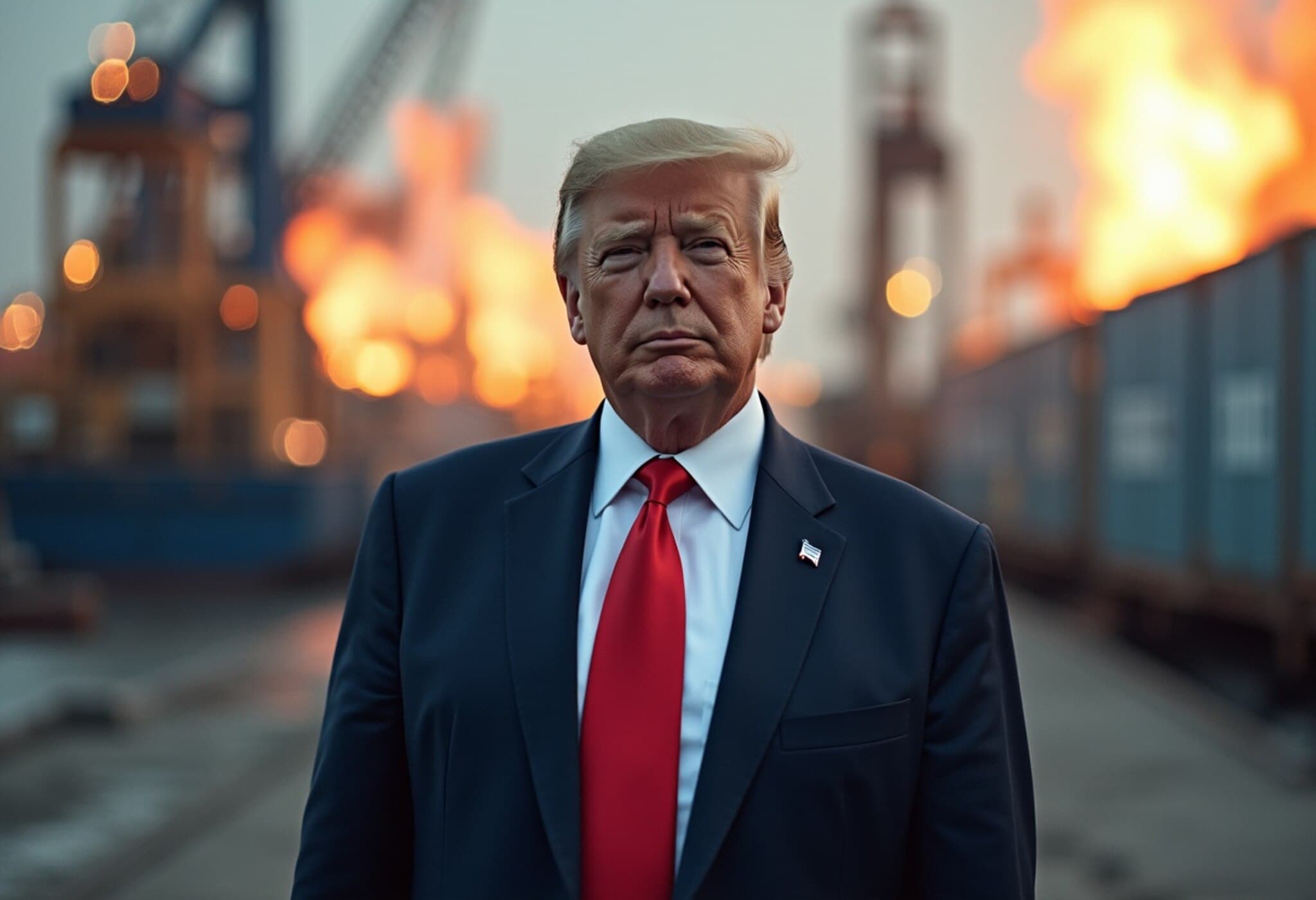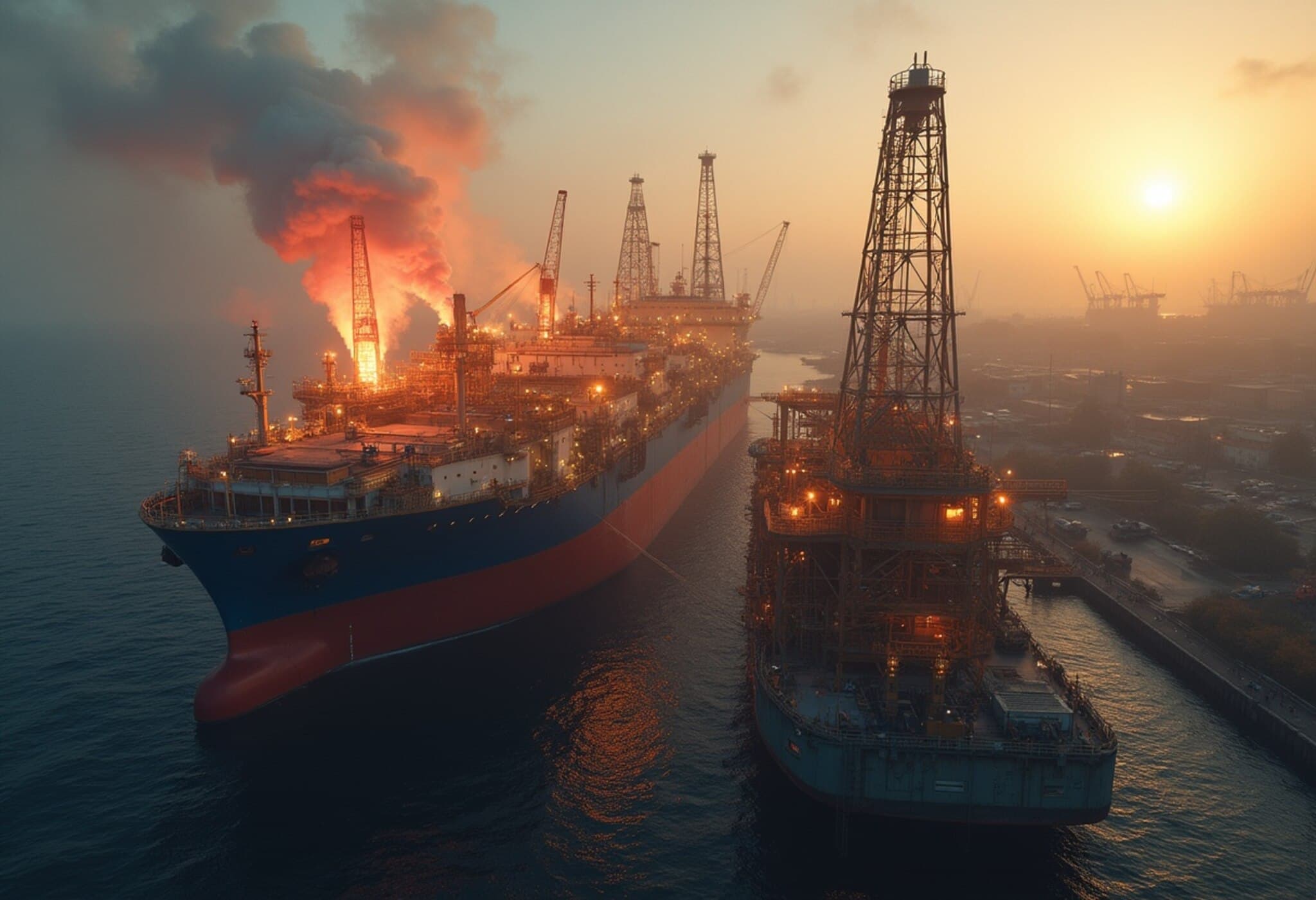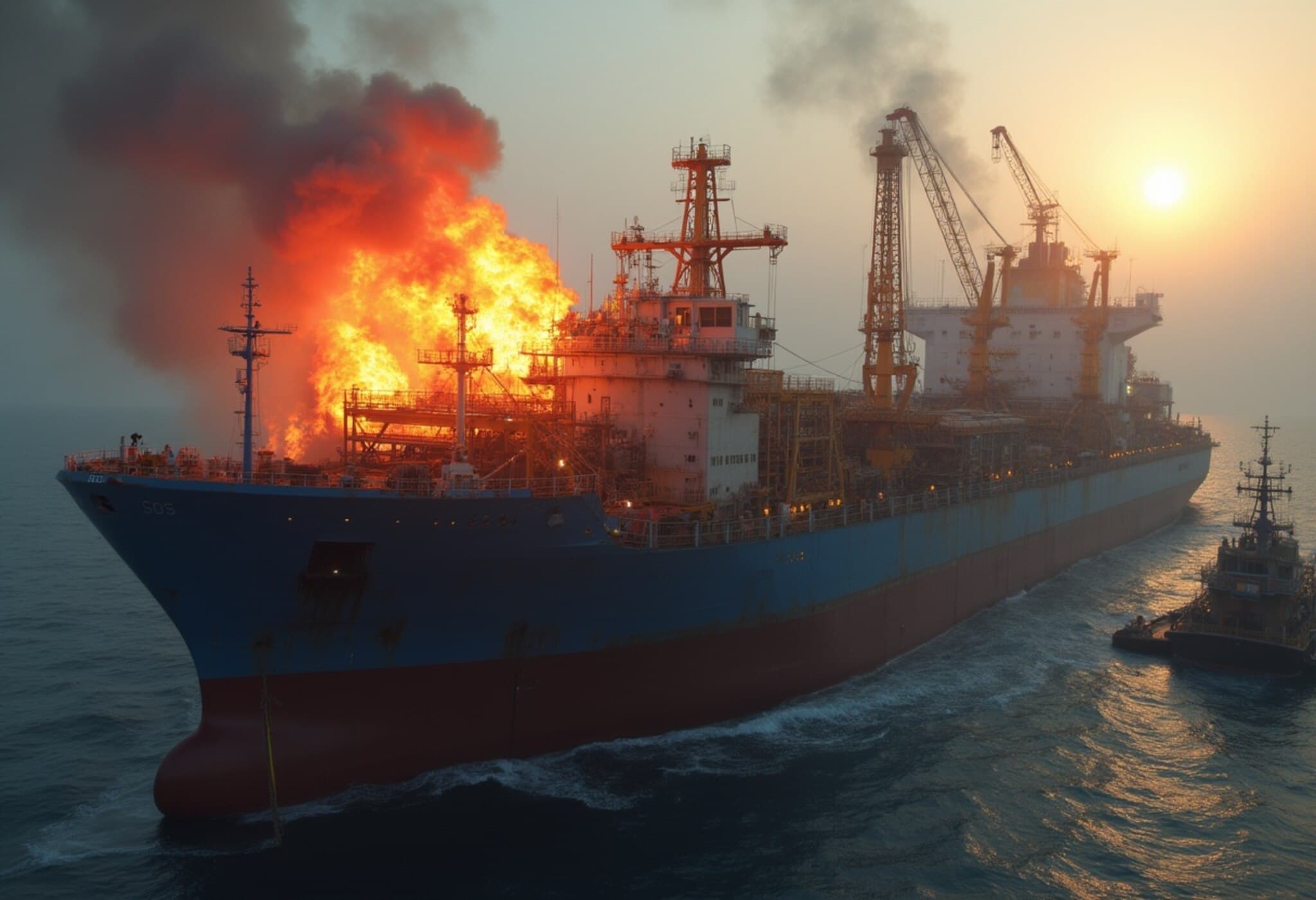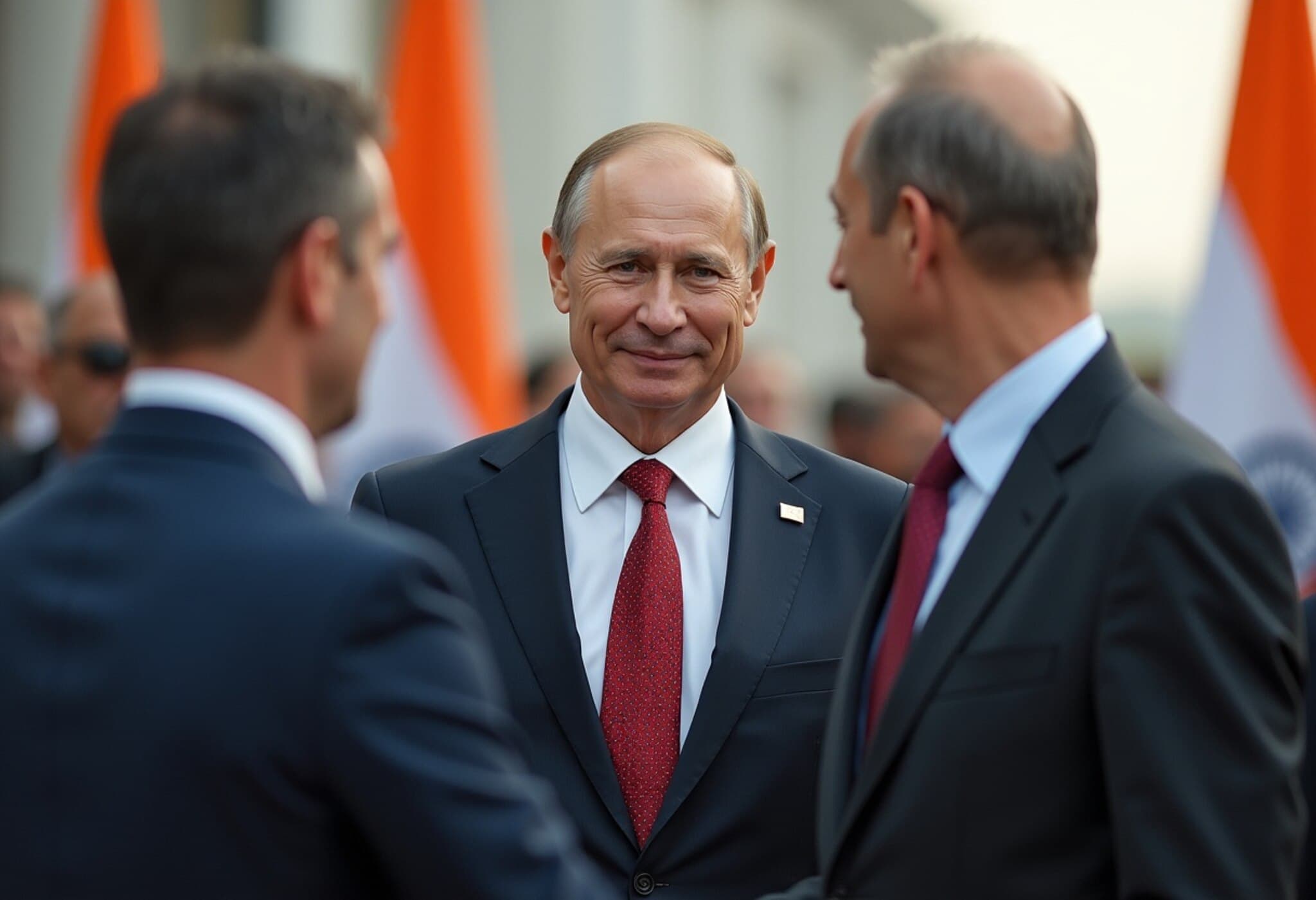OPEC+ Commits to Increase Oil Production in September
In a strategic move signaling its intent to regain lost ground in global energy markets, the OPEC+ coalition announced on Sunday a plan to raise oil production by 547,000 barrels per day (bpd) in September. This decision is part of a broader pattern of stepped-up output hikes aimed at stabilizing supply and responding to evolving geopolitical and economic forces.
US Diplomatic Maneuvers Impacting Global Oil Markets
The announcement comes amid heightened pressure from the United States, which has intensified diplomatic efforts to discourage countries like India from importing Russian crude oil. This initiative aligns with Washington’s overarching objective to diplomatically compel Moscow towards negotiations for peace in the ongoing conflict in Ukraine. Former President Donald Trump has reportedly set a target to see some progress on this front by August 8, underscoring the timeline of geopolitical expectations intertwined with energy markets.
OPEC+ Attributes Decision to Robust Demand and Tight Inventories
In its official statement, OPEC+ highlighted strong global economic signals and dwindling inventory levels as crucial factors underpinning its decision. Brent crude prices have responded accordingly, trading near $70 per barrel, a significant recovery from lows near $58 earlier this year. This price uptick reflects not only seasonal demand patterns but also market confidence in tightening supplies.
“Given fairly strong oil prices at around $70, it does give OPEC+ some confidence about market fundamentals,” said Amrita Sen, co-founder of Energy Aspects, a respected energy consultancy. Sen noted that market structures currently signal tight stock levels, which typically bolster prices but require careful management from producers.
A Closer Look at OPEC+ Production Adjustments
The group of eight OPEC+ members meeting virtually has now completed a phased reversal of the 2.2 million bpd supply cut they implemented in 2023. This gradual increase includes contributions from the United Arab Emirates, whose output is being progressively phased in.
Sources within OPEC+ have indicated a planned reconvening on September 7 to evaluate whether imposing further production cuts—potentially up to 1.65 million bpd—might be necessary. These measures are currently extended officially through the end of next year, reflecting a cautious approach amid fluctuating market conditions.
OPEC+'s Historical Context and Market Strategy
Traditionally, the broader OPEC+ coalition—which includes 10 non-OPEC producers such as Russia and Kazakhstan—has played a pivotal role in modulating oil supply to stabilize prices globally. However, this year marked a significant strategic pivot. Rather than maintaining strict production curbs, OPEC+ is now pushing to reclaim market share, a reversal that echoes repeated calls from influential voices, including former President Trump, urging an increase in supply to ease global oil prices.
Phased Production Rises
- April: +138,000 bpd
- May-July: +411,000 bpd across three months
- August: +548,000 bpd
- September: +547,000 bpd (latest)
Financial analyst Giovanni Staunovo of UBS noted, “So far the market has absorbed these additional barrels well, aided in part by stockpiling activities in China.” The market’s attention is now keenly focused on upcoming decisions regarding Russian oil sanctions slated for early August.
Challenges Ahead for OPEC+
Despite the successful phased increase, OPEC+ still holds voluntary cuts amounting to about 1.65 million bpd across the eight members, in addition to a 2-million-bpd curb applying to the entire coalition with contracts extending through 2026. The alliance faces increasing complexity in balancing geopolitical tensions, fluctuating demand, and internal cohesion.
Jorge Leon, a former OPEC official and currently with Rystad Energy, commented, “OPEC+ has passed the initial test by fully reversing its largest supply cut without causing prices to plummet. The next challenge is even tougher: determining the timeline and conditions for unwinding the remaining cuts while managing geopolitical risks and maintaining unity among diverse member states.”
Implications for the US Energy and Economic Landscape
From an American policy perspective, these developments highlight the intricate dance between energy security and geopolitical diplomacy. The US administration’s push to limit Russian oil imports intersects with global supply decisions made by OPEC+, ultimately influencing domestic fuel prices, inflation, and energy market stability. For consumers and businesses alike, understanding these intertwined factors is essential for anticipating future market trends.
Key Questions Moving Forward
- Will OPEC+ maintain cohesion in an increasingly volatile geopolitical and economic environment?
- How effective will US diplomatic efforts be in curbing global reliance on Russian oil?
- What are the potential impacts on American energy prices and long-term energy security?
Editor's Note
The ongoing adjustments in global oil production by OPEC+ amidst US diplomacy underscore how tightly interwoven energy markets are with geopolitics. This dynamic challenges policymakers, investors, and consumers to stay alert as decisions ripple across continents. While increased output may ease some supply concerns, the lingering uncertainties around Russia, demand fluctuations, and alliance dynamics suggest a complex path ahead for global oil stability.

